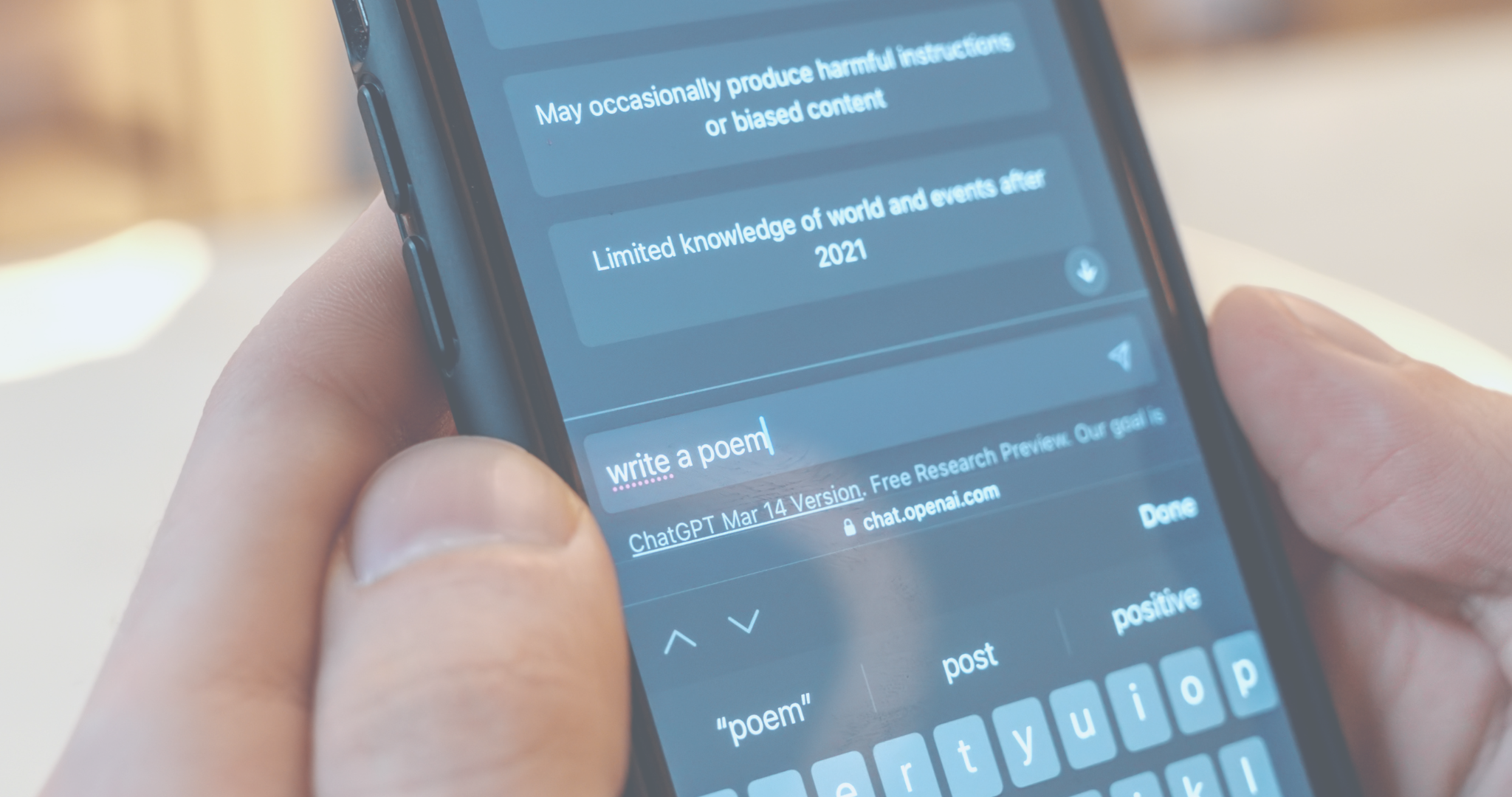Automating Customer Service with Chatbots
1. Why Automate Customer Service?
Growing Number of Inquiries
Example: When a company expands into a new region or launches a promotion, the volume of messages and calls can skyrocket.
Outcome: Agents struggle to handle all requests quickly, resulting in dissatisfied customers.
Routine, Repetitive Questions
Example: Customers frequently ask about business hours, location, pricing, or order status.
Outcome: Staff wastes time on repetitive queries instead of solving complex tasks.
Speed and Competitive Advantage
Example: Modern customers expect instant replies. If your support is slow, they may opt for a competitor.
Outcome: A 24/7 bot offers quick answers, improving conversions and loyalty.
2. How a 24/7 Bot Works
Recognizing Key Queries
Example: A user asks “How much is shipping?” or “Where’s your office?” The bot has predefined scenarios and keywords to determine the correct response.
Outcome: Quick, automated replies with no staff intervention.
Scenario Trees and Interactive Buttons
Example: The user sees buttons like “Check business hours,” “Make an order,” “Contact a rep.” Once chosen, the bot leads them through that scenario.
Outcome: A faster and simpler user experience with minimal text input.
Collecting Contacts and Orders
Example: If a customer wants to place an order or schedule a service, the bot requests contact details and sends them to a CRM.
Outcome: The agent receives a “warm” lead with all necessary information, then calls or messages the customer directly.
Escalating to a Human Agent
Example: If a query is too complex or no matching scenario exists, the bot forwards the conversation to a live agent.
Outcome: Support staff only intervene when human expertise is required.
3. How a Bot Eases the Burden on Support
Reducing Response Queues
Example: If 70% of questions are repetitive (shipping rates, product availability), the bot handles them.
Outcome: Staff can focus on complex issues requiring expert help.
Always Available
Example: If a user messages at 2 a.m., the bot responds immediately, without waiting for business hours.
Outcome: Higher customer satisfaction by providing “instant” support.
Handles Multiple Dialogues Simultaneously
Example: One bot can manage dozens of chats at once, while each agent can only handle a few.
Outcome: Scalability without extra staff.
Conversation Records
Example: All Q&A sessions are stored, so agents can review chat history if needed.
Outcome: Easier analysis to identify frequent problems and plan improvements.
4. Common Bot Scenarios
E-commerce / Online Stores
Example: The bot suggests products (adding them to the cart), explains shipping terms, and accepts payments (integrating payment gateways).
Outcome: A portion of the sales funnel is automated, fewer abandoned carts.
Service Booking / Appointments
Example: The bot checks the user’s preferred date and time, verifies availability, then books.
Outcome: A convenient service that reduces phone calls and speeds up reservations.
Consulting (B2B, Legal, Educational)
Example: The bot asks initial questions to understand the client’s problem, then offers a suitable service package or a meeting with a consultant.
Outcome: Better client segmentation and time savings for consultants.
Infobusiness / Online Courses
Example: A student has a question about the course; the bot refers them to a knowledge base or lesson materials.
Outcome: Less load on instructors, quick answers for students.
5. Bot Benefits for Businesses
Speed and Accuracy of Replies
Example: Predetermined scripts ensure immediate and error-free responses.
Outcome: Reduced human error, time savings.
Cost Savings
Example: Instead of hiring 3–4 extra reps, you implement one chatbot to handle most queries.
Outcome: Lower payroll expenses, less training required.
Scalability
Example: As your business grows, so do inquiries—but the bot can handle more requests with minimal extra cost.
Outcome: Prepared for seasonal peaks or marketing campaigns without overloading.
Enhanced Analytics
Example: Data on question categories, interaction times, conversion from inquiry to purchase.
Outcome: Data-driven decisions and scenario improvements.
6. Implementation and Expected Results
Choosing a Platform
Example: SendPulse, ManyChat, Chatfuel, Botmother, or custom-coded bot if advanced integrations and special features are required.
Outcome: The platform should match your business needs, budget, and scale.
Scripting
Example: Identify common customer questions (FAQ), build response logic, integrate CRM, booking forms, payment methods.
Outcome: The bot understands user queries and provides relevant replies.
Testing and Launch
Example: Deploy a pilot in social media (Facebook Messenger, Telegram) or on your site.
Outcome: Gather feedback, fix issues before going fully live.
Analyzing Results
Example: Monitor how much the support load has dropped, whether conversions have risen, which scripts fail.
Outcome: Continual chatbot improvements: add new responses and update offers.
Conclusion
Automating customer service with bots is a modern approach that delivers 24/7 availability, instant responses, and less pressure on your team. Whether you sell products, offer services, or provide consulting, a bot helps streamline workflows, boost satisfaction, and scale your business without more staff. The key is to set up logic thoroughly, integrate with necessary systems, and consistently update the bot’s knowledge base.
September 5, 2025
Working with Visuals: Principles for an Attractive Profile and Feed
Your social media aesthetic greatly influences whether people will follow and interact with your content. Learn how style, branded elements, and a cohesive concept boost brand recognition and help you stand out in a competitive environment.
Instagram Ads: How to Create Visually Appealing, High-Converting Ads
Instagram advertising demands compelling visuals and insight into your target audience. Discover how to develop effective Stories, Reels, and promoted posts that not only capture attention but also drive sales.
External Optimization and Link Building: Where to Get Quality Backlinks
Link building is a key aspect of off-page SEO, helping boost your site’s authority in search engine eyes. Learn how to find reliable platforms for posting links, avoid Google penalties, and systematically grow your backlink profile.
Overview of Popular CMS: WordPress, OpenCart, Shopify, and Magento
Content management systems (CMS) simplify the process of building and running a website, but each platform has unique advantages and drawbacks. This article compares WordPress, OpenCart, Shopify, and Magento to help you choose the best solution for your business, from a simple blog to a full-featured online store.


